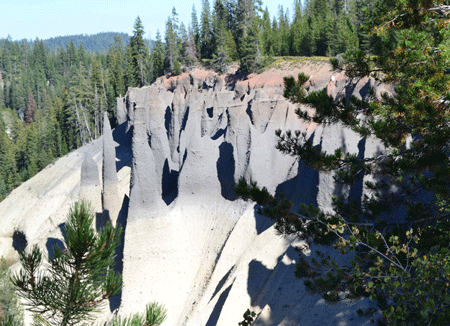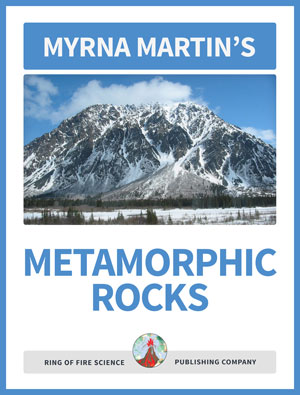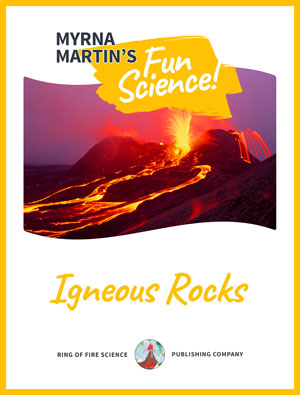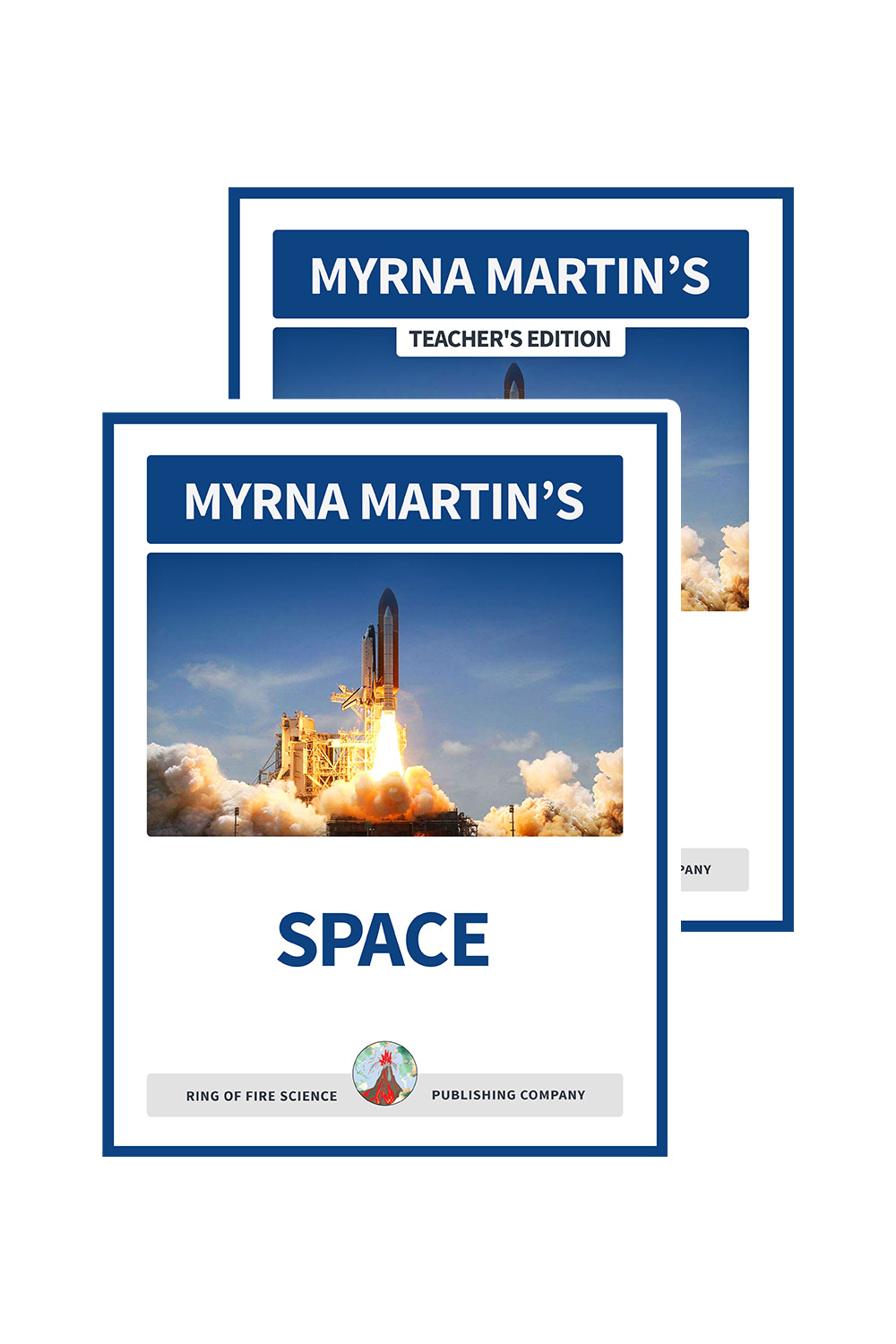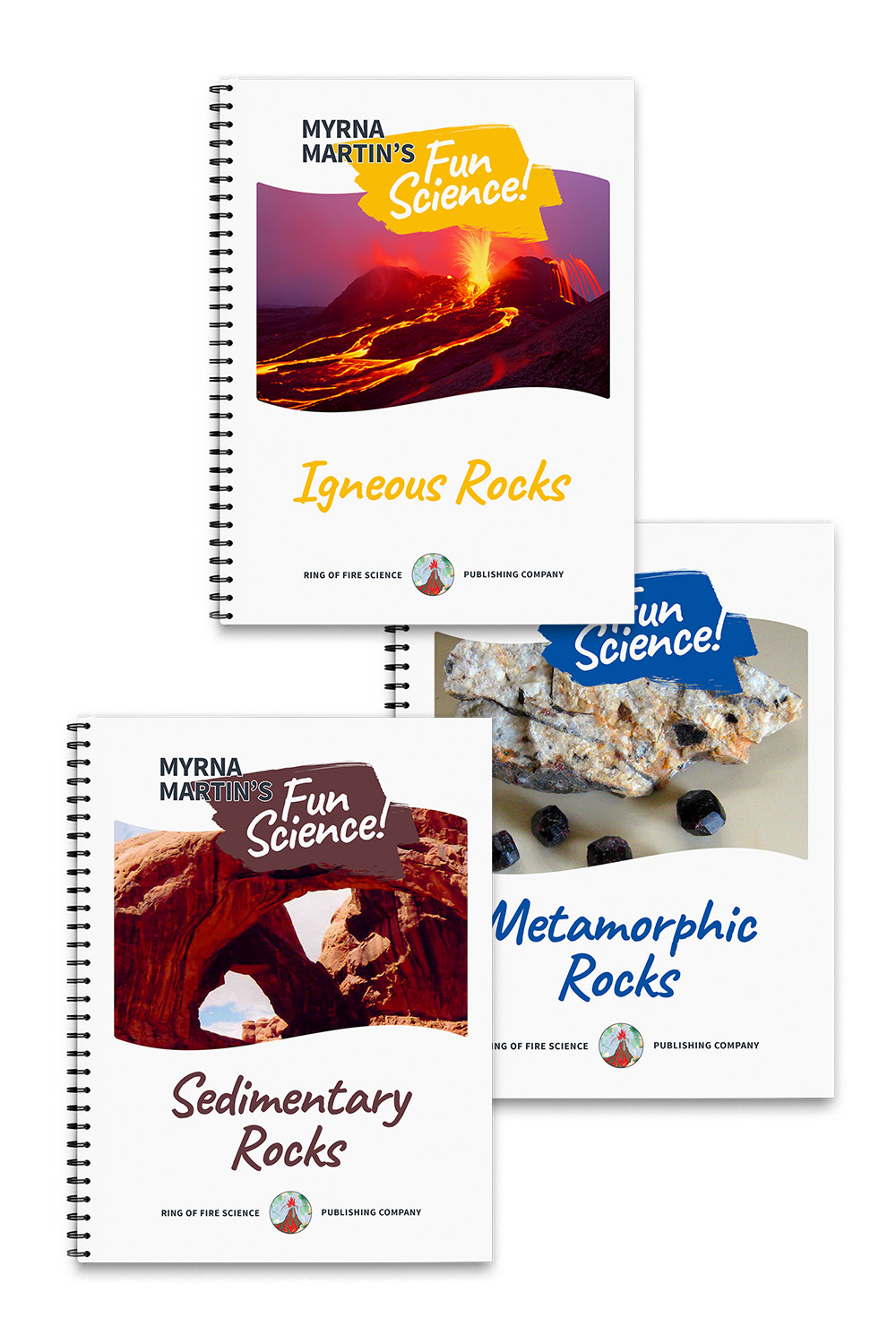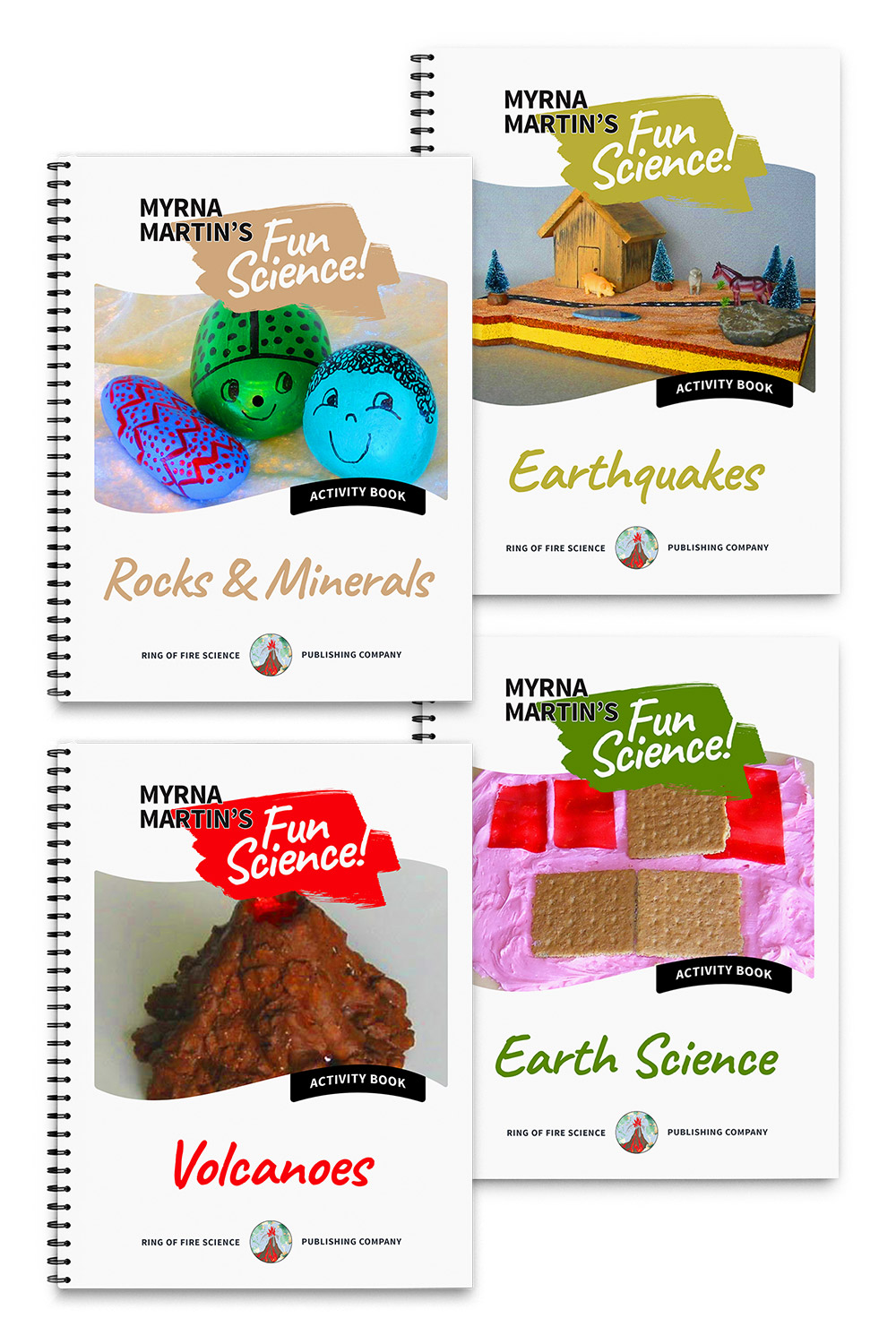Magma Chamber Formation
Magma chamber Formation requires molten rock
What are magma chambers?
Magma chambers are area beneath the Earth’s surface where magma (molten rock) collects. Magma forms in subduction zones where an oceanic plate is overridden by another crustal plate.
The descending plate begins to melt and the molten rock
collects in these underground chambers. The magma is hotter than the
surrounding rocks and is under great pressure.
Size of the magma chamber increases as a crustal plate subducts
The melting suducting plate continue to add molten rock as long as the plate are forced together and one plate subducts beneath another crustal plate.
The hot liquid rock is lighter than the surrounding rock so the magma forces its way upward where it can erupt during a volcanic eruption.
Pinnacles are fossil fumaroles near Crater Lake, Oregon Myrna Martin
How are these chambers detected?
Magma chambers are detected using earthquake waves. P waves travel slower when traveling through liquids than through solid rock. Scientists use the speed of these waves to determine the shape and size of these chambers.
Most known chambers of molten rock are between one and ten miles deep. Little is known about deeper chambers because they are hard to detect.
Upward movement of magma
Some magma travels through two chambers on its way to the Earth’s surface. The bottom chamber feeds an upper chamber near the summit of a volcano.
Harmonic tremors in Hawaii
In the Hawaiian Islands scientists study harmonic tremors, special earthquake waves that indicate movement of magma into a chamber near the summit of Kilauea and Mauna Loa volcanoes on the island of Hawaii. Harmonic tremors often precede a volcanic eruption.
Crystallization of olivine
Magma that remains in a chamber for a long period of time begins to cool near the walls of the chamber. Olivine is one of the first minerals to crystallize in a magma chamber. The elements that make up the mineral are taken from the melt as gases are released from the crystallizing elements.
Heavy metals sink to the bottom of the magma chambers
Olivine and other heavy elements settle near the bottom of the chamber. Lighter elements and gases move upward forming a stratified chamber that can erupt creating a massive eruption.
Explosive gases near the upper part of the chambers
The upper part of the chamber contains gases and felsic minerals that are more explosive when they erupt. Mafic minerals that collect near the bottom of the chamber are not as viscous.
Mount Mazama forming Crater Lake
The Mount Mazama eruption that formed Crater Lake had a stratified magma chamber beneath the mountain when it erupted. The mountain first spewed out light colored pumice located in the upper portion of the chamber. As the eruption continued dark gray pumice formed layers on top of the light pumice.
Caldera formed when summit collapsed
When the eruption was over so much material had erupted that the summit collapsed forming a caldera that is 2,148 feet (655 meters) deep.
Formation of Crater Lake and the Pinnacles
The caldera has filled with snow
melt and rain water. It is the deepest lake in the United States. The Pinnacles
formed in Sand Canyon near Crater Lake are fossil fumaroles that were exposed
by erosion. They clearly show the stratification of the magma chamber prior to
the climatic eruption of Mt. Mazama.
More Volcano Links
Yellowstone Caldera The Yellowstone Caldera is the location of three supervolcano eruptions.
Iceland Volcanoes Find out more about Grimsvotn volcano, Hekla volcano and Katla volcano which are the most dangerous volcanoes on Iceland.
Composite Volcano Composite volcanoes are volcanic mountains that form on the continental side of subduction zones.
Super Volcanoes Super volcanoes are places where massive volcanic eruptions occur. These eruptions can alter the weather and cause mini ice ages.
Dome Volcano A lava dome is small and often forms inside the caldera of a stratovolcano.
Volcano Facts Find out lots of fascinating facts and trivia about volcanoes on this webpage.
Home Page The Science Site contains information on our planet, volcanoes, science projects, earthquakes and much more.
Kids Fun sCIENCE bOOKSTORE
Check out Myrna Martin's award winning textbooks, e-books, videos and rock sets. The Kids Fun Science Bookstore covers a wide range of earth science topics. Click here to browse.
Sign up to our monthly newsletter and receive our FREE eBook containing 3 fun activities that don’t appear in any of our other books!
The Kids Fun Science monthly newsletter will include the following: current events, weird and fantastic facts, a question of the month, science trivia and the latest new content from our website.
We respect your privacy and you can be assured that we will never share your email address or use it for any other purpose than to send you our newsletter.


